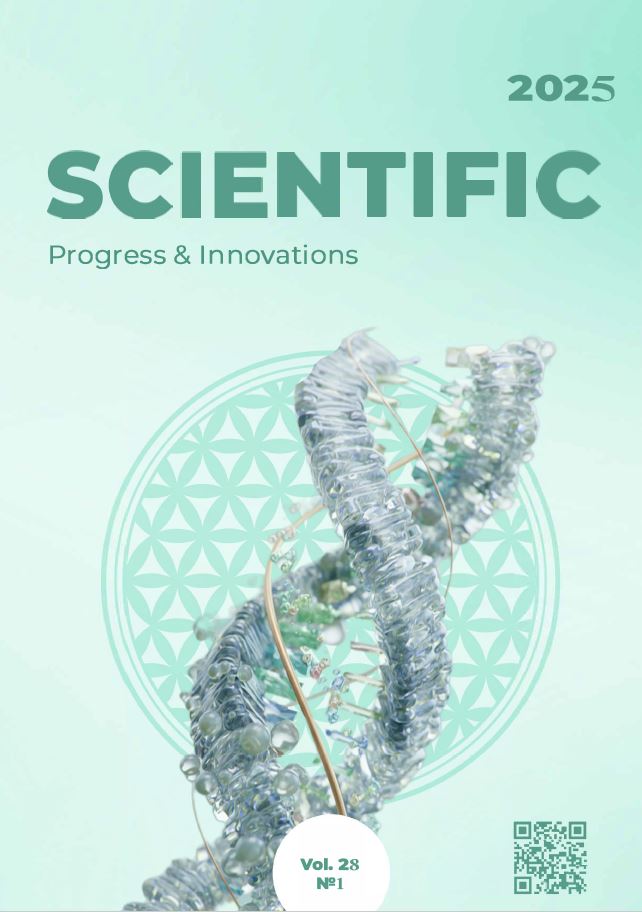Yield and grain quality of corn depending on nitrogen fertilizer forms
DOI:
https://doi.org/10.31210/spi2025.28.01.08Keywords:
UAN-32, urea, anhydrous ammonia, moisture, test weight, 1000 kernel weight, protein, fat, starchAbstract
Nitrogen is the most limiting nutrient for crop growth and development. However, its inefficient use leads to negative consequences, including greenhouse gas emissions, soil degradation, and reduced production profitability. This necessitates the optimization of nitrogen fertilization for corn using synthetic fertilizers under climate change conditions and increasing demands for agroecosystem sustainability. The aim of the study is to determine the effect of different nitrogen fertilizer forms on corn yield and grain quality. The field experiment was conducted under the soil and climatic conditions of the Shyshaky district in Poltava region, using the RGT Maxxalia corn hybrid. The experimental design included the following nitrogen fertilizer application variants: (1) control (no fertilizers applied); (2) UAN-32 (200 kg/ha); (3) urea (150 kg/ha); and (4) anhydrous ammonia (85 kg/ha). Soil analysis at different depths showed that the highest nitrogen concentration was observed with UAN-32 application, which contributed to a greater residual nitrogen content after six months. It was established that the application of UAN-32 (200 kg/ha) ensured maximum nitrogen uptake and increased the yield to 7.25 t/ha, which was 21.3 % higher compared to the control. The application of urea (150 kg/ha) and anhydrous ammonia (85 kg/ha) also increased productivity, but their efficiency was lower due to nitrogen transformation processes in the soil. The highest 1000 kernel weight was recorded with UAN-32 fertilization – 301 g, while it was lower in other treatments: by 6 g (2.0 %) with anhydrous ammonia, by 15 g (5.0 %) with urea, and by 35 g (11.6 %) in the control. The test weight of corn grains ranged from 785 to 793 g/L and depended on the nitrogen fertilizer form, being the highest with UAN-32 application and the lowest in the control treatment. A similar impact of fertilizer systems was found on protein, fat, and starch content: control – 7.2 %, 5.5 %, 65.0 %; UAN-32 – 11.0 %, 6.8 %, 69.0 %; urea – 8.5 %, 6.0 %, 66.5 %; anhydrous ammonia – 10.0 %, 6.4 %, 68.0 %, respectively. The obtained results emphasize the importance of the rational use of nitrogen fertilizers to enhance corn yield while minimizing the negative impact on the ecosystem.
Downloads
Published
How to Cite
Issue
Section
License
Copyright (c) 2025 Scientific Progress & Innovations

This work is licensed under a Creative Commons Attribution 4.0 International License.

 Creative Commons Attribution 4.0 International Licens
Creative Commons Attribution 4.0 International Licens